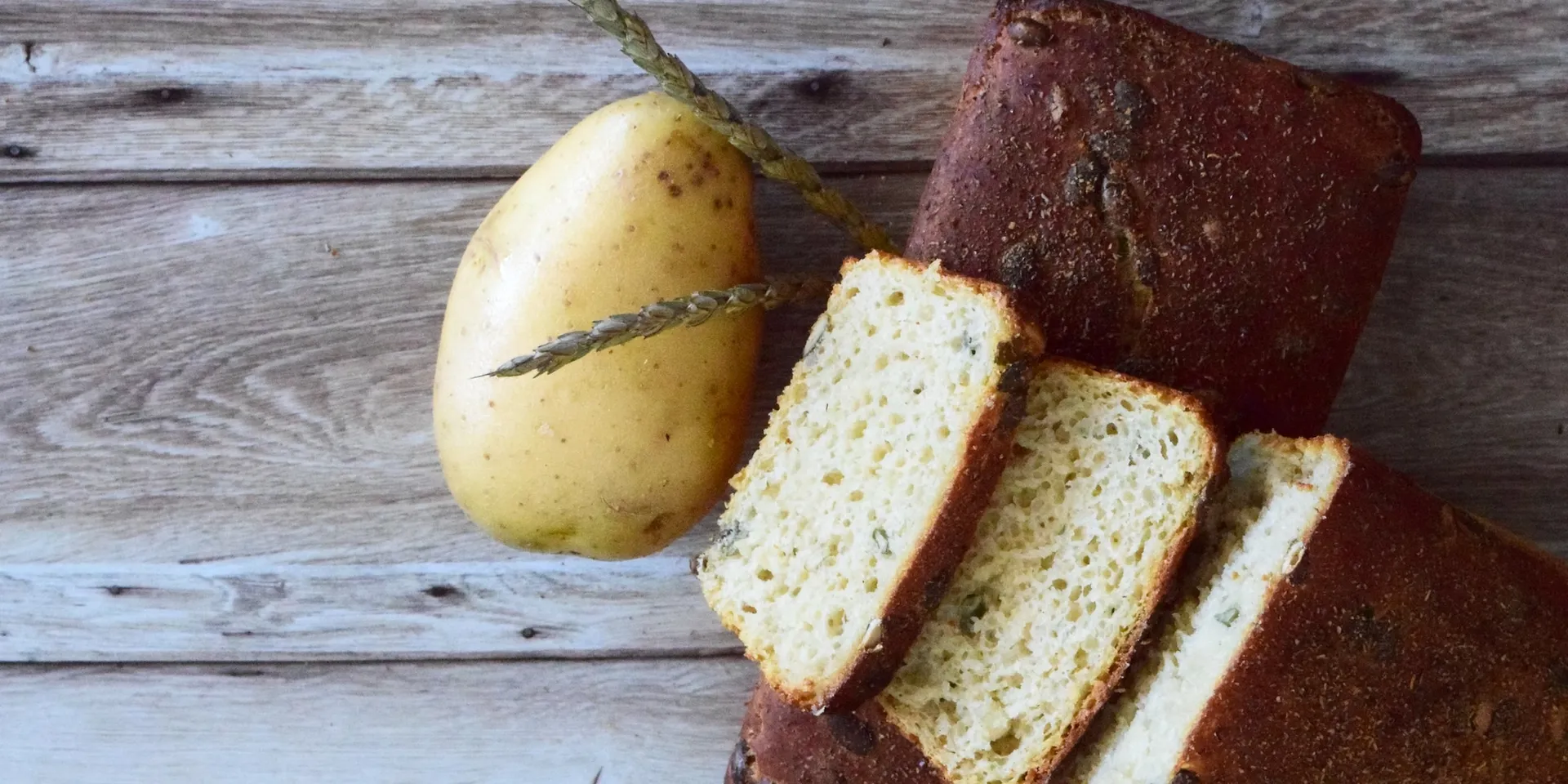What is Spelt bread?
Updated:

Photo by Claudia Stucki on Unsplash
Spelt bread is a type of bread that is made using spelt flour, which is a type of ancient grain. Spelt is an ancient relative of wheat and has a long history of use in bread making.
It is a nutritious and tasty alternative to traditional wheat flour, and is often used in bread, pasta, and other baked goods.
Spelt bread is made using a traditional bread-making process that involves mixing spelt flour with water, yeast, and salt to form a dough. The dough is then kneaded, shaped, and baked to create the finished bread.
Spelt bread has a delicious, nutty flavor and a slightly chewy texture. It is a nutritious and tasty option for people who are looking for a healthier alternative to traditional wheat bread. In addition to its delicious flavor, spelt bread is also a good source of fiber, protein, and a variety of important nutrients.
What is the history of Spelt bread?
The history of Spelt bread is closely tied to the history of spelt, an ancient grain that has been used in bread making for thousands of years.
Spelt is an ancient relative of wheat and is thought to have been first cultivated in the Near East around 5000 years ago.
It was a popular grain in ancient civilizations and was widely used in bread making, as well as in other food products such as pasta and porridge.
Over time, spelt spread to other parts of the world and became a staple grain in many different cultures. It was especially popular in Europe, where it was used to make bread, pasta, and other baked goods.
Today, spelt is still enjoyed by people all over the world, and is often used as a nutritious and tasty alternative to traditional wheat flour. It is a popular choice for people who are looking for a healthier alternative to traditional wheat bread, and is often used in a variety of baked goods.
Despite its widespread popularity, spelt remains true to its roots and is still made using traditional techniques and ingredients to give it its signature flavor and texture.
Ingredients in Spelt bread
Spelt bread is made with spelt flour, which is a type of ancient grain that is related to wheat. Here is a list of ingredients that you will need to make Spelt bread at home:
- spelt flour
- salt
- sugar
- active dry yeast
- warm water
Spelt bread Nutritional Information.
Spelt is a type of ancient grain that is closely related to wheat. It is a good source of fiber, protein, and various nutrients. The nutritional value of spelt bread can vary depending on the specific recipe and ingredients used, but here is a general idea of the nutritional content of spelt bread:
- Calories: 100-150 per slice
- Fat: 1-2 grams per slice
- Protein: 3-5 grams per slice
- Carbohydrates: 20-30 grams per slice
- Fiber: 2-4 grams per slice
Spelt bread is also a good source of B-vitamins, such as niacin and thiamin, as well as minerals such as iron and magnesium.
It is important to note that the nutritional content of spelt bread can vary depending on the specific recipe and ingredients used, so it is always a good idea to check the nutrition label on the package or to contact the manufacturer for specific information.
How to make Spelt bread.
Here is a recipe for making spelt bread:
Ingredients:
- 1 1/2 cups spelt flour
- 1 1/2 cups all-purpose flour
- 1 package active dry yeast
- 1 teaspoon salt
- 1 1/4 cups warm water
Instructions:
- In a large mixing bowl, combine the spelt flour, all-purpose flour, yeast, and salt.
- Add the warm water and mix until the dough comes together.
- Knead the dough on a lightly floured surface for about 10 minutes, until it becomes smooth and elastic.
- Place the dough in a lightly oiled bowl, cover with a damp cloth, and set aside to rise in a warm place for about 1 hour, until it has doubled in size.
- Preheat the oven to 425°F (220°C).
- Punch down the dough and shape it into a loaf. Place the loaf in a greased 9x5-inch loaf pan.
- Bake the bread for 30-35 minutes, until it is golden brown and sounds hollow when tapped on the bottom.
- Remove the bread from the oven and let it cool on a wire rack before slicing and serving.
